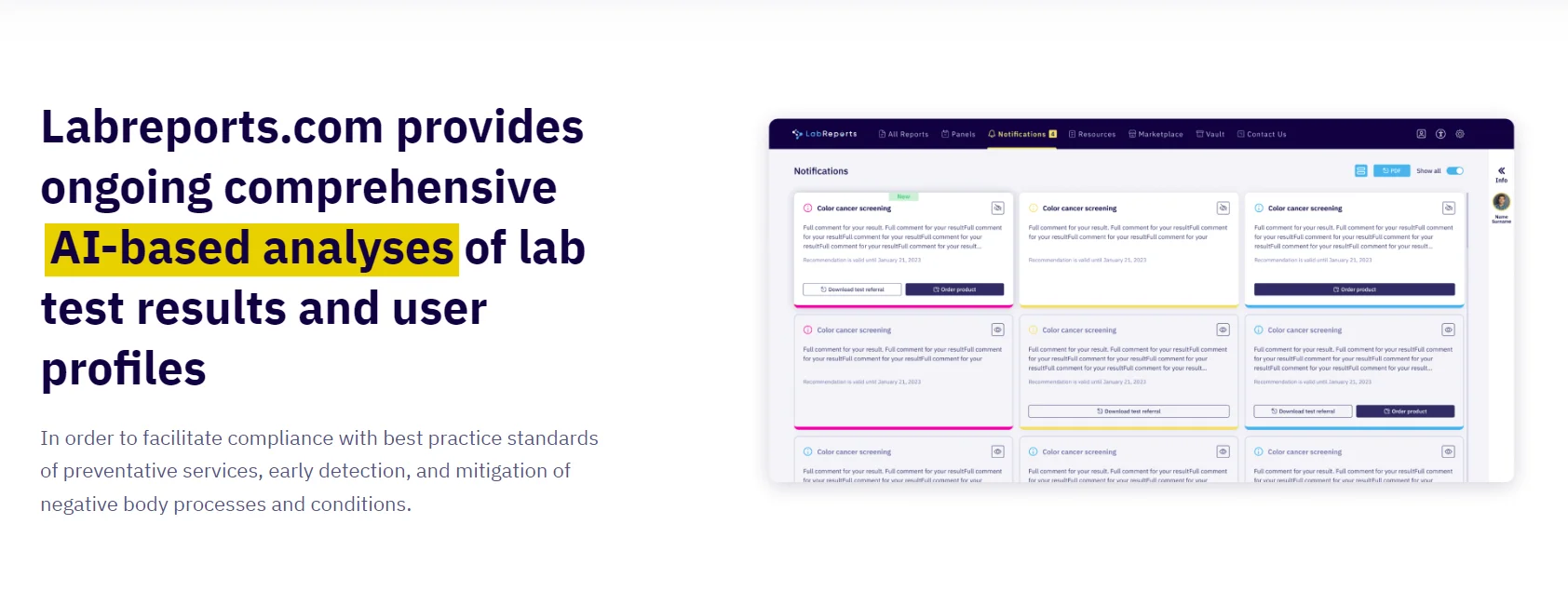These people work in big organizations that maintain complex hardware infrastructure. Enterprise architecture, which we covered in a dedicated article, focuses on building complex enterprise ecosystems and solves high-level strategic issues. Enterprise architecture defines the strategic directions of the business architecture, which then leads to an understanding of what technology facilities are needed to support that architecture.
Among the responsibilities of solution architects is making sure the software they work on meets all functional requirements. A solution architect is a person who finds the best tech solution to clients’ business problems. They bridge business requirements and tech means developers need to use to meet these requirements.
Solutions Architect vs Software Architect: Tools and Practices
Having a full plan of future software and a list of technologies is always better than having a bare idea. You have more chances to impress investors if you know what product you’re making and what problem it’s going to solve. A solution architect will match product requirements with ways to implement them and explain everything in clear business terms. Solution architects position appeared in сompanies that create software on an industrial scale. They needed someone who could communicate with their clients while the contract is being prepared (solution architecture as a service).

A lead architect is a role that leads and manages a team of architects, either within a project, a program, or a portfolio. A lead architect defines the architecture vision and strategy for the team, as well as the architecture governance and processes. A lead architect also mentors and coaches the team members, and monitors and reports on the architecture performance and quality.
Solution Architect responsibilities include:
If the team follows the Agile methodology, the solution architect’s role is to support the development team, accompanying the project at the implementation stage. At the same time, they can create prototypes to identify tech limitations or delve into product design. Usually, companies already have operating systems, an information context, and integration requirements. The solution architecture helps ensure that a new system will fit the existing enterprise environment.

Most companies hiring a solution architect are looking for someone with a bachelor’s degree in computer science, information technology or something in the engineering field. Solution architects make sure the product meets business requirements, will be delivered on time and within budget. Although each of our cases is unique, we adapt to the client’s business needs and financial capabilities. If you want to reinforce existing business processes, our Solution Architects will eagerly assist you in implementing digital technology across the company.
Accounting for project constraints
By adeptly managing and balancing the interests and expectations of stakeholders, Solutions Architects drive seamless project execution and cultivate a collaborative environment. Solutions Architects are entrusted with the task of meticulously analyzing existing systems. By identifying potential areas of improvement, they can recommend modifications or enhancements that increase efficiency and productivity. Their keen eye for optimization allows them to drive continuous improvement within the organization’s technological infrastructure. The architecture field within an IT organization is rich and varied, extending beyond the role of a Solutions Architect.
- During the development stage, the solution architect delves into each of the product areas.
- They must evaluate business and IT needs and design an infrastructure that fulfills those needs within a specific cost constraint.
- Check out the CompTIA Career Roadmap to see what other certifications can help you become a solution architect.
- For late-career solutions architects with 20 years or more of experience, the average reported salary is $135,000 per year.
- They are typically hired by organizations to provide technical expertise and guidance in the development of software applications, systems, and other IT infrastructure.
SAs need a strong knowledge of cloud computing systems and work with cloud architects to develop solutions related to the systems in place. Along with developers, engineers need to understand and interpret the product requirements to build the apps, systems, and solutions to achieve the desired outcome. They also need to be able to resolve problems and address bugs that might arise during the development process.
More articles on Solution Architecture
They need to remember all the details of the projects and ideas to validate and approve them on time. Being able to communicate effectively with stakeholders, project managers, developers, and software vendors involved in the software development process is essential for a solutions architect. As an architect has a central role in any project and leads every team on it, ineffective communication can lead to big bottlenecks. So, this specialist should be able to clearly explain, understand everyone’s point of view, listen, advise, and influence.
There are certain qualifications, skills and standards needed to be met for someone to become a solutions architect. Our AWS Solution Architect course is designed to prepare individuals to meet the above requirements and help you in your journey of becoming a solutions architect. So, here the responsibility of the solutions architect is to ensure that the software meets all the needs and requirements well. A solution architect should know how to analyze and identify potential short-term and long-term risks that may lead to technical issues and hinder future app business operations. They are well-versed with such constraints and bring the best ways to deal with them.
How to Become a Solutions Architect
A solution architect accounts for developing a complete architecture for a software solution and offering strategic direction all through the development phase. The solution architect bridges the business needs, and tech means that developers should consider meeting such demands. Architects are experts at speaking both ‘business; language with the clients and ‘technical’ language with the developers. Considering how nimble and agile the modern day enterprises have become, risk management has become one of the most crucial solution architect responsibilities of the current time.

Software architects decide the technology and coding practices to maintain quality of software. Similar to how an architect designs a blueprint for a concrete structure, a “Solutions Architect” designs and implements complex technology solutions. They must evaluate business and IT needs and design an infrastructure that fulfills those needs within a specific cost constraint.
Q: What is a Solutions Architect, anyways?
Primarily, a Solution Architect serves a distinct organizational role centered on designing and managing comprehensive technology solutions that effectively tackle business challenges. They form the crucial bridge between business issues and their technological resolutions, ensuring optimal utilization of the organization’s technological resources. On the other hand, if you are passionate about mariadb developers designing software systems, coding and have a more detail-oriented approach, a software architect role may be a better fit for you. To summarize, solution architects encompass various components beyond just software. Software architects focus on the thorough design and structure of software elements. Sometimes, the role of a software architect is often confused with that of a software designer.
Throughout the entire buying process, you always want to make yourself available. On the customer side, there will be different types of architects that you’re talking to, including me, and some mid-level managers to c-levels that are — we can call them agents of change. They’re the ones moving needles to upgrade their enterprise solutions from a legacy to more modern architecture; to move fast, and fail small, and deliver better solutions.
Solutions architects will work with the whole application landscape, but not exclusively. Alternatively, a software architect will be involved in the build phase of the project. Their job is to define and document software structures based on known functional and non-functional requirements.


